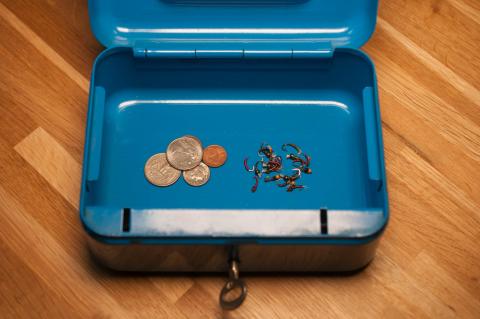Like the Gaspé in Canada (Quebec)? I dont know much about canada but my uncle always says (he's living in the US near the canadian border) that when i go to Canada i need a couple of big streamers due to the BIG northern pike that live there. So you're sure of at least one specie!
Have a nice vacation!
edit: I found another very interesting link, i quess you searched google yourself already but in case you didn't: http://www.gogaspe.com/salmon/
It's not only pike who live there!
- Log in to post comments

